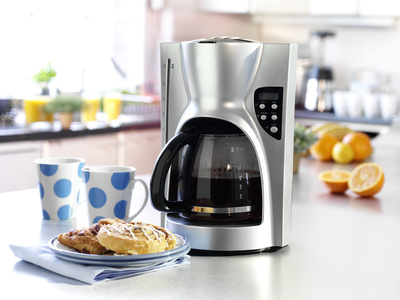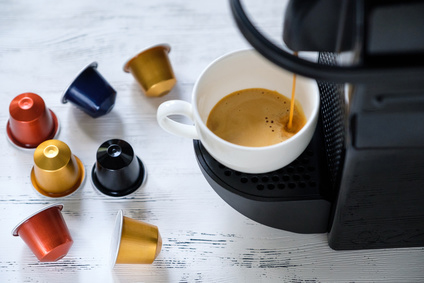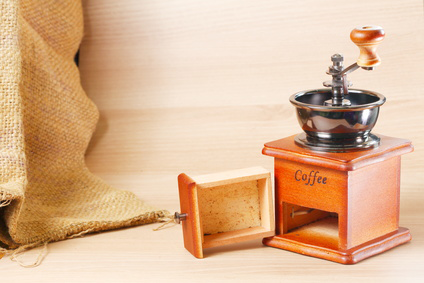

For many of us, a good cuppa joe in the morning (or afternoon, or evening) is a non-negotiable. But did you know that coffeemakers and grinders can harbor mold that feeds on left-behind oils and residue? It’s true. In fact, a 2011 study by NSF lists the coffee reservoir as one of the top ten germiest items in the home. Also, calcium deposits from your water can build up there, affecting not only the taste of your coffee but also the function of your machine.
To make sure these must-have appliances continue to provide you with the most satisfying experience, try these cleaning tips from MarthaStewart.com:
Wipe exterior with warm, sudsy water; rinse and dry. Place carafe in top rack of dishwasher to avoid melting the plastic handle. When brewing becomes sluggish, fill the carafe with equal parts water and white vinegar. Pour into reservoir and turn it on. When several cups have run through, turn machine off and let sit for an hour. Turn machine back on and let it run through. Run clean water through machine a few times.

After you unplug the machine, take out all the removable parts and wipe them down with a soft cloth and warm water. Fill up the water reservoir with equal parts vinegar or a descaler solution and water. Run on a brew cycle without a pod. Most manufacturers recommend running this cycle every three months.

Pulverize bread or uncooked white rice, which will pick up any lingering coffee or spices. If you have any residue or aromas left behind by nuts, grind 1 tablespoon baking soda and wipe thoroughly.

If your coffeepot looks cloudy, a quick spritz of a blend of natural acids derived from glucose can prevent and remove hard minerals on coffeepots!
Resources:
Yes, to using ½ vinegar and ½ water to clean the coffee maker. Then I use A Norwex EnviroCloth and water to clean my coffee pot and then dry with either a Norwex Kitchen Towel or Window Cloth
Must do this right now !
Doing this right now! Thanks for the info!